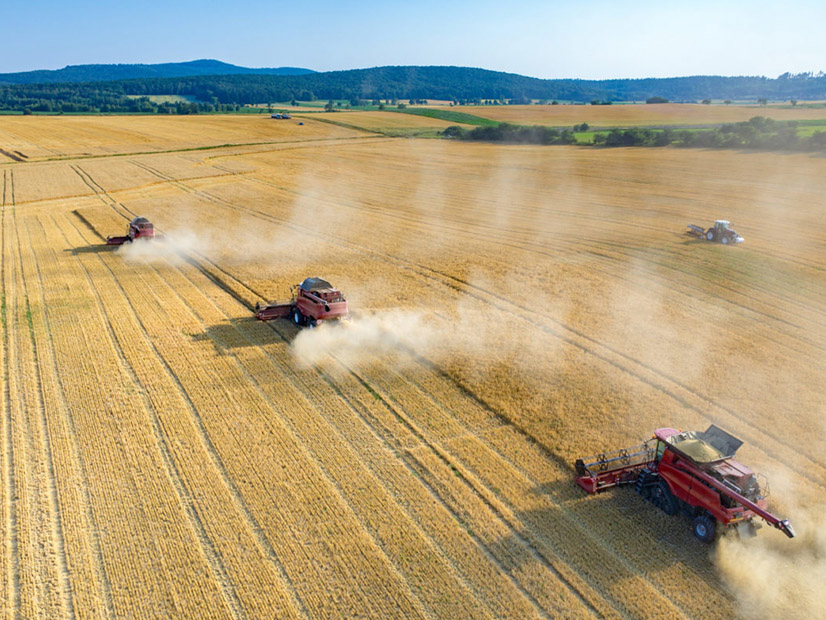
Global warming has led to decreased crop yields and increased disease in some wildlife in Washington, state lawmakers heard last week.
Washington agriculture and wildlife experts briefed the Joint Legislative Committee on Water Supply During Drought on Sept. 29 on the ripple effects from a nearly statewide drought that Gov. Jay Inslee blames on climate change. The joint committee only meets during years in which a drought is declared by the state government.
The committee has been receiving briefings as it ponders how to prepare for potential future droughts, which legislators worry could happen as soon as 2022. “This year caught us by surprise. … We didn’t have funding for our agencies … We need to prepare for the next drought, and there will be one, I’m afraid,” said committee chair Sen. Judy Warnick (R).
This year’s March-August temperatures were the third warmest in Washington history — 2.1 degrees Fahrenheit above average, said Karin Bumbaco, an assistant state climatologist. This period was also the second driest on record at 7.15 inches of rain. Fifteen of Washington’s 39 counties posted their driest conditions ever. An unusually hot spell in June was extra damaging, she said.
Increased heat led to higher temperatures in the state’s streams and rivers, which speed up the metabolisms in fish, leading to their consuming more calories, said Megan Kernan, water policy section manager for the Washington Department of Fish and Wildlife. The increased water temperatures also decrease oxygen levels in streams.
The warmer temperatures increase the chances of the region’s fish being struck with the sometimes-fatal Ichthyophthirius multifiliis — also known as “Ich” or “white spot” disease.
“We see a lot more sick fish when the water temperatures get warmer, “Kernan said.
She also noted that drying wetlands have led to more cases of sometimes-fatal epizootic hemorrhagic disease and bluetongue affecting deer. Spread by biting insects, bluetongue causes a deer’s tongue to swell, while also causing ulcers, sores, painful hooves, lameness and reproductive problems. Epizootic hemorrhagic disease causes extensive hemorrhages.
Jaclyn Hancock, a hydrogeologist with the Washington Department of Agriculture, said 2021’s predictions for the state’s dryland wheat harvest will be the lowest since 1997. The state is predicting a harvest of 93.26 million bushels compared to an average of 152.2 million bushels for the five previous years. “We’re concerned about 2022,” she said.
Other projections are:
- Harvested peas are predicted at 1,200 pounds per acre this year, compared with 3,000 pounds per acre in 2020.
- The lentil harvest should yield 920 pounds per acre, compared with 1,300 pounds per acre last year.
- Harvested garbanzo beans are predicted to be 680 pounds per acre this year, compared to 1,780 pounds per acre in 2020.
She noted water and forage for livestock had to be trucked into the region. “That’s very expensive,” Hancock said.
The Roza Irrigation District snakes along the Yakima River’s shoreline in Central Washington, which is home to numerous vineyards and many other crops. Scott Revell, executive director of the Roza district, observed that the extra heat is expect to reduce 2021’s wine grape and juice grape yields by 20-40%. Hop yields are also down. The sizes of harvested apples have also shrunk, Revell said.


